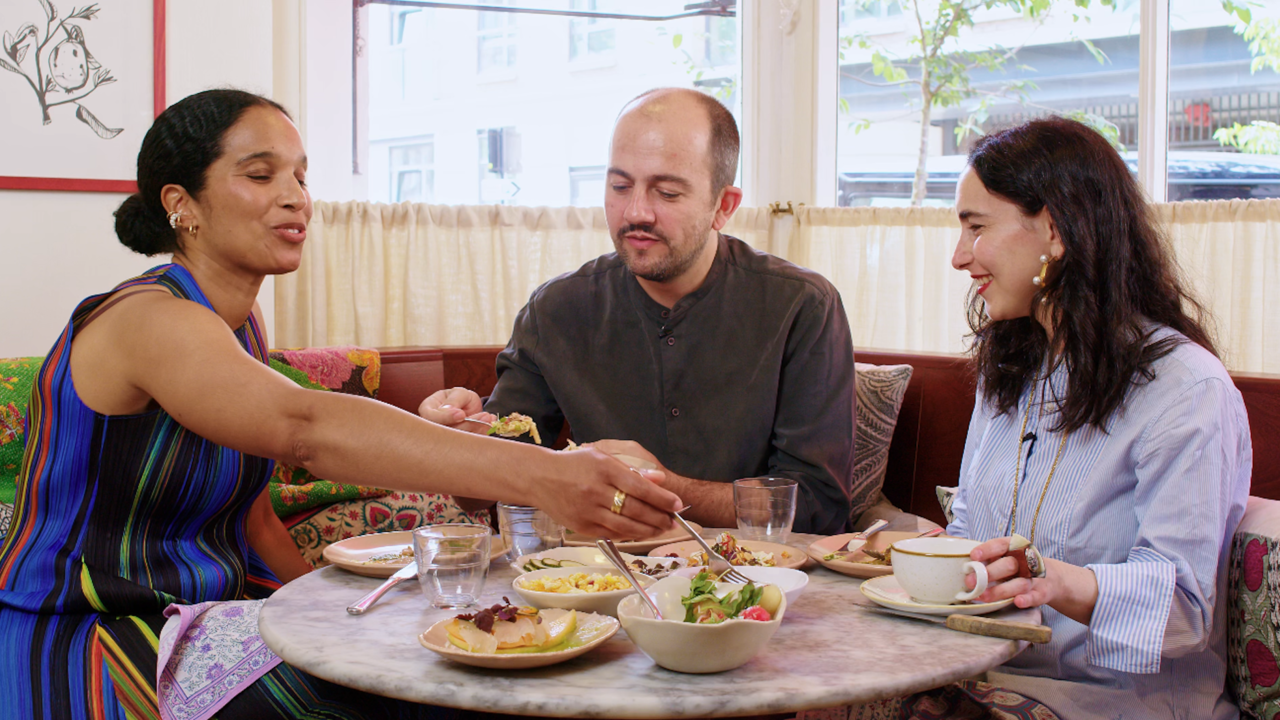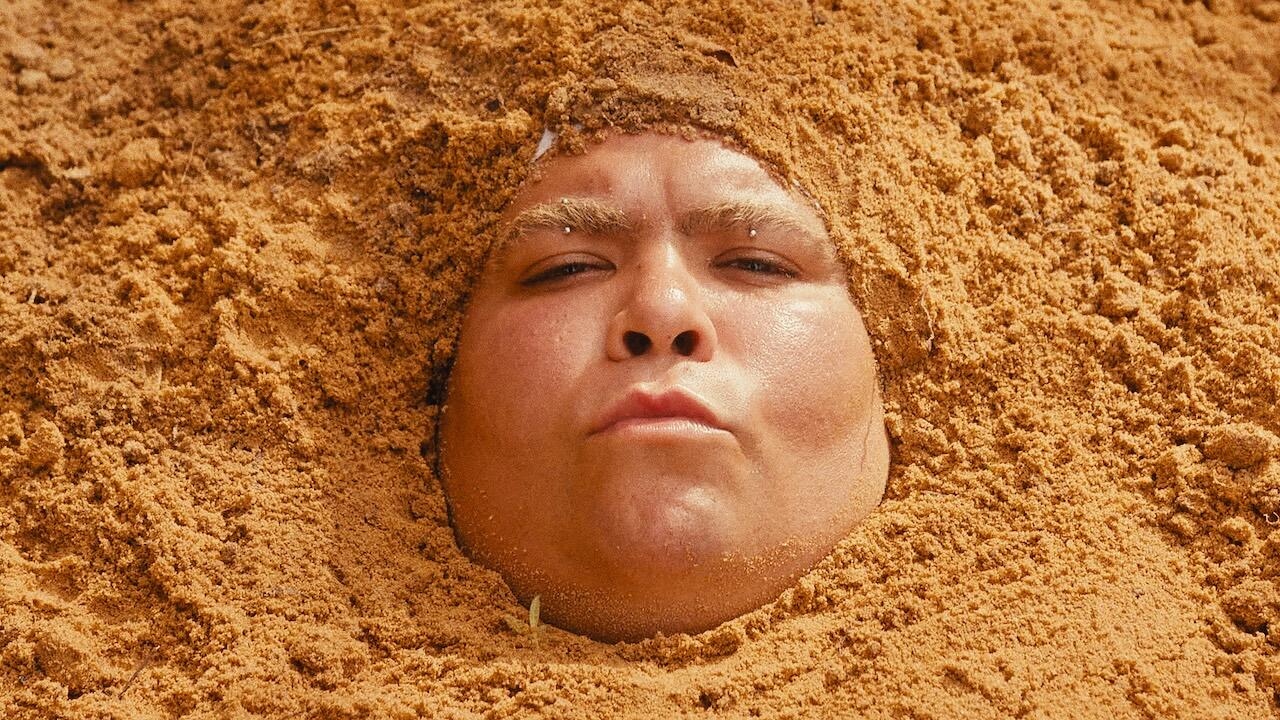Questionnaire: Gerard Byrne
Q. What should change? A. Deregulated global financial systems, obviously. Nothing else would have quite the same impact on the prospects of so many people.
Q. What should change? A. Deregulated global financial systems, obviously. Nothing else would have quite the same impact on the prospects of so many people.

What was the first piece of art that really mattered to you?
An oil-on-board of Battlestar Galactica, painted by my much older cousin, was the first piece of art that really impressed me. I distinctly remember standing in the kitchen, thinking: ‘That’s definitely a work of art; therefore my cousin must be an artist; so that’s what artists must look like.’ I was about eight or nine years old, and he was in his mid-20s. He had a beard and dark curly hair and wore a heavy-knit sweater. I remember he arrived at our house by bike. I guess he took the painting on the bike.
What was the first film you can remember watching?
Live and Let Die (1973), in particular the scene where Bond escapes by skipping across a bunch of hungry alligators. It still holds a soft spot in my heart. I think I was about six years old, and it was my first experience of going to the cinema. I saw it in a tiny rural cinema in the village of Youghal, in County Cork, and it opened my eyes to a more sophisticated way of living.
If you could live with only one piece of art, what would it be?
I can’t imagine a ‘free’ world with only a single work of art; the pre-conditions of your scenario would necessarily be penal. Certainly, for solitary confinement, Casa Malaparte (1937) on the island of Capri would be tolerable for a while. Life without parole? August Sander’s complete ‘People of the 20th Century’ (1911–64) would help. A final meal? Face-to-face with Hans Holbein the Younger’s The Body of the Dead Christ in the Tomb (1520–22), or St John the Baptist (1438) by Donatello.
What do you wish you knew?
My father died a decade ago. I miss him. I wish I knew where all the photographs of his life have gone. What images there are, are on film. They are very finite, and very fragmentary.
What music are you listening to?
I write emails to the music of Thread Pulls, Glenn Gould, Al Green, Chilly Gonzales, Terre Thaemlitz, Desmond Dekker and Paul Robeson. Cleaning the house? The Smiths, Talking Heads and The Undertones, always on headphones.
What should stay the same?
Young children are consistently great just as they are. Also, the near-complete lack of fencing along the vertiginously sheer cliff tops of the Atlantic coast of Ireland.
What could you imagine doing if you didn’t do what you do?
I never played rugby, but I’m quite broad and have a low centre of gravity, so who knows what could have been. My accountant says I would have made a good accountant. Actually, I’ve never been compelled to do anything other than the things I’m doing now.
What are you reading?
Amongst other things, I’m trying to keep up with the work of friends and colleagues: All that Falls (2012), a new book by Nicolas de Oliveira and Nicola Oxley about Patrick Jolley, a brilliant filmmaker and my peer, who is no longer among us; Lytle Shaw’s The Moiré Effect (2012); Bettina Funcke’s Pop or Populus (2009); Paul O’Neill’s The Culture of Curating and the Curating of Culture(s) (2012), and the Finnegans Wake of my reading schedule: George Baker’s The Artwork Caught by the Tail: Francis Picabia and Dada in Paris (2010).
What is art for?
When I saw that painting of Battlestar Galactica, I knew right there and then that art is what artists use to reveal mystic truths.























